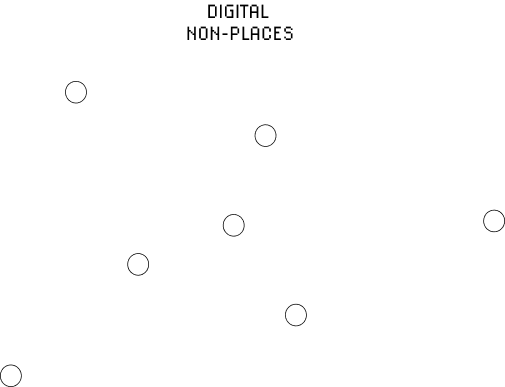Identity is developed by the individual, but it has to be recognized and confirmed by others. This interplay creates a complex fusion of personal, social, and even national dimensions of identity.


when represantation of identity (hyperidentity) becomes more real than reality itself?

Unverified
identity
Recess when our identity is not recognized ‘non-places’
disconnect
Verb [ T ] * UK /,dis.ke’nekt * US /,dis.ke’nekt To unfasten something, especially to break the connection between a supply and a device or piece of equipment
Cambridge dictionary


Digital non-places primarily manifest as login pages, loading screens, error messages, or expired domains. We navigate through digital non-places, where our presence is reduced to requested usernames and passwords, functioning solely as points of verification, devoid of meaning or connection. The dissonance between non-places in both physical and digital realms lies in the fact that, while digital spaces are designed for optimization, they continuously demand us to verify our identity, creating a repetitive and often frustrating experience.
The concept of unverified identities emerges within context of excessive digital identity. While verified identity refers to the aspects of ourselves that are continually confirmed by external systems—often beyond our direct control—unverified identity represents the parts of our identity that remain outside this verification process.
A state of potential, not yet defined by the digital systems

curated digital persona

Unverified identity is what we hold onto when we resist or interrupt the incessant demand for validation. It is the version of ourselves that exists in a state of potential, not yet confined or defined by the digital systems that seek to categorize us representing a resistance to the hyperreal digital identity that has grown beyond our grasp, embodying the aspects of our identity that we choose to keep private and free from external validation.
Verified identity
authentication procedures can become a form of self-imposed hell, failing to protect our privacy and often questioning our true identity.

Digital devices keep us constantly connected and our activities continuously logged. This manifests as an exhausting process, encompassing numerous domains and multifaceted elements, ultimately leading to the question: 'Do digital practices lead to burnout?'
Loss of control
Overdesigned Underdesigned
An online landscape

Overdesigned

Underdesigned
Online avatars and personas allow for a form of digital inventories, where identity can be simplified and easily managed. This control, however, flattens the complexity of our identities, subjecting them to strict curation and oversight.

Excessive
Identity
Hyperidentity is the outcome of affirming one’s identity, approached from a destructive perspective. As our online presence grows, so does our digital identity, often expanding into something far beyond our control. The constant pressure to define and redefine oneself online can result in a state of "extremely online" existence.


Extremely Online reveals the hidden side of internet and digital identity. The way our online presence demands detailed personal information makes us more 'authentic' in the digital world, but on the other hand, it exposes us to risks and invasions of privacy. This means that our digital signatures are continually recorded, contributing to an ever-evolving digital identity.

